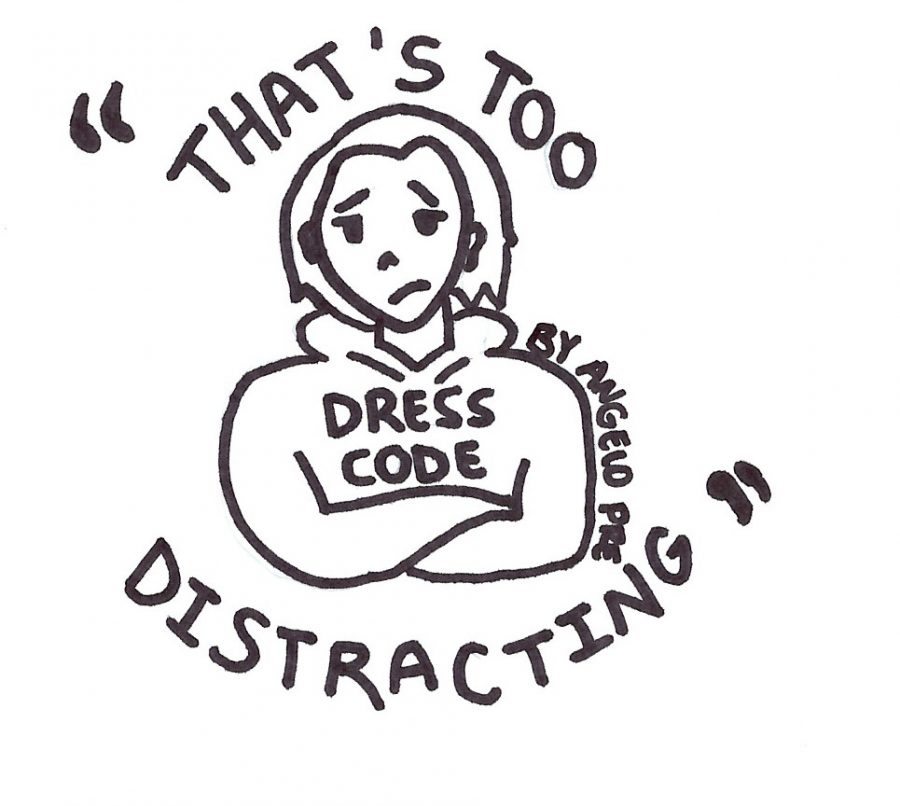Staff Editorial: Let students dress for success
Every morning, students have to make the decision of what to wear to school. The only problem is that if they’re not careful enough, they risk being sent to the office and being told to change.
As students grow from children to young adults, they are forced to make more decisions and have more responsibilities. While students begin to get jobs, drive, set up their own bank accounts, and apply for colleges, it seems unreasonable that they are still being told what to wear.
The inconsistency of treating high school students like both children and adults, while telling them that they can’t dress the way they want to in “the real world” makes it extremely difficult for these students to figure out who they are or who they want to be. For many students, finding their own identity partially relies on what they wear.
Self expression is undeniably important, so it does not make sense to set limitations on this part of students’ identity based largely on how much skin they are showing. Additionally, this aspect applies mainly to the female students, who have been told for far too long to cover up.
Half of the dress code in the PHS Student/ Parent Handbook relates to how much skin/ undergarments are exposed, rules applying mostly to female students. One of the guidelines says that undergarments cannot be directly or indirectly visible, which as anyone who wears a bra knows is a nearly impossible standard to uphold.
The dress code also says that the chest, abdomen, and back have to be covered completely, with no specifications of where the chest starts. Many students have been dress coded for showing “too much” of their chest while students showing the same amount of skin have been left completely be.
Oftentimes this inconsistency has to do with the size of the student or the size of their chest, again instilling in female students that they should cover up and have shame in natural parts of their body.
Not only do dress codes instill seemingly useless limitations like not wearing spikes on jewelry, they allow students to believe that their bodies are a distraction and that what they wear has to do with how successful they will be in school. Rather than telling students what they can and cannot wear to not “distract” their peers, students should be taught to respect their peers regardless of what they wear.
Where the student handbook is trying to correct the “problem” of how students should and should not dress, they should be working to correct the stigma regarding clothing in relation to both respect and success.




